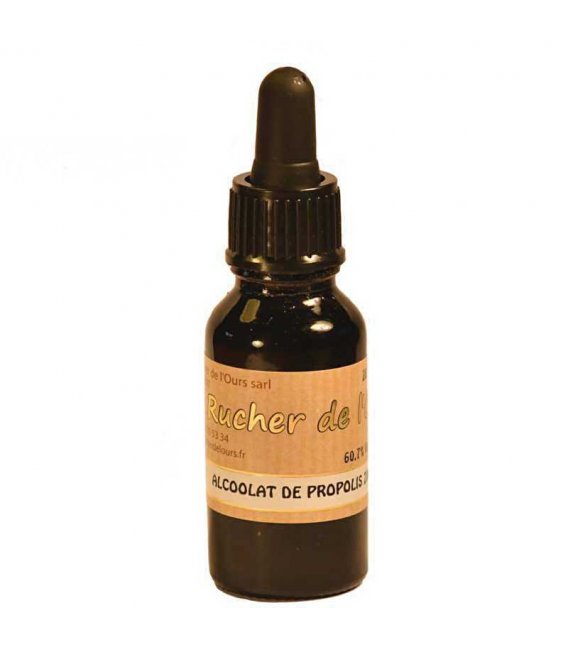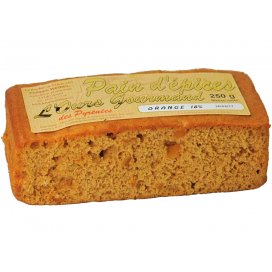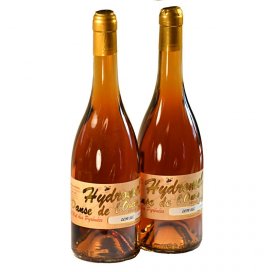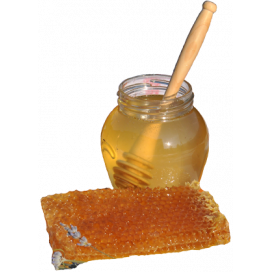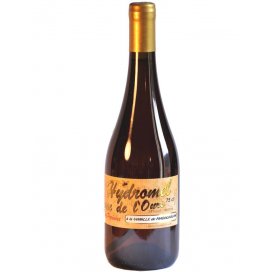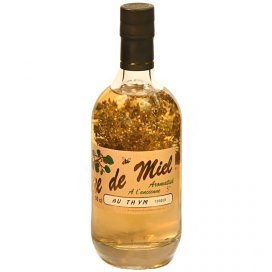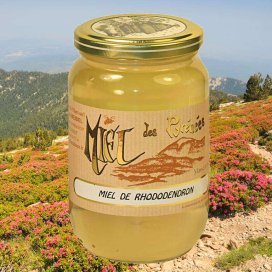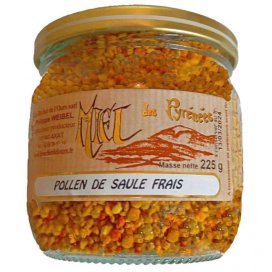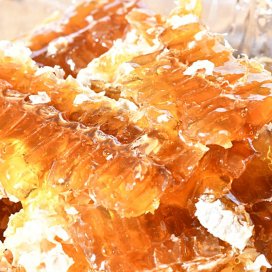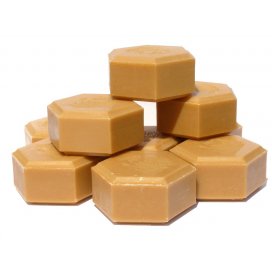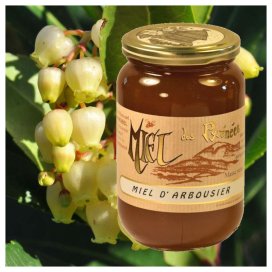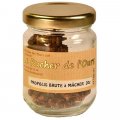Propolis Tincture
Honeybees use a resin-like substance to create propolis. The resin, or sap, is gathered from the flower buds of certain trees.
Harvest :
Honeybees use a resin-like substance to create propolis. The resin, or sap, is gathered from the flower buds of certain trees such as pine, fir, spruce, willow, chestnut, birch, ash, plum, elm, oak, and especially several varieties of poplar.
The substance is carried back to the hive on the bees’ back legs in the form of little round balls. Once at the hive, the bees mix the substance with their own secretions (primarily wax and saliva) and use it to block holes or embalm foreign bodies.
Beekeepers collect propolis either by scraping the frames or walls of the hive or, our preferred method, by placing plastic screens in the hive that the bees carefully block up.
Honey and other products from the hive
Generally, the propolis collected in the hives consists of 50 to 55% resin and balm, 25 to 35% wax, 10% essential oils, 5% Pollen, and 5% diverse organic material and minerals.
These components have been found to contain flavonoids as well as vitamins A, B3, PP and traces of aluminium, silver, bore, chrome, cobalt, copper, tin, magnesium, manganese, molybdenum, nickel, lead, selenium, silicon, strontium, titan, vanadium, zinc.
Different studies have shown the harmlessness and tolerance of propolis, and others have found the presence of antibacterial, antifungal, and antiviral, anaesthetic, healing (skin), and anti-inflammatory properties.
Indications for specific use are for upper respiratory infections (sore throats, colds, sinusitis, etc.), oral infections (gingivitis, dental, etc.), and in dermatology for bruises, burns, cracked skin, warts, corns, eczema, psoriasis, etc.
Presentation :
Natural, in chewable form (the most effective) or as an extract, either pure or mixed with other natural substances. Our Propolis Spray is a mix of propolis extract, honey, and essential oils of thyme and mint.
Honey and other products from the hive

